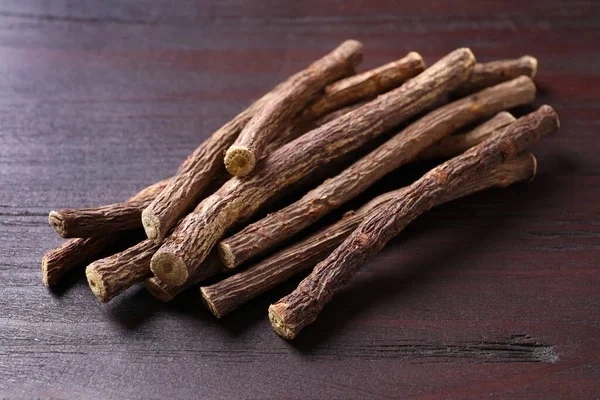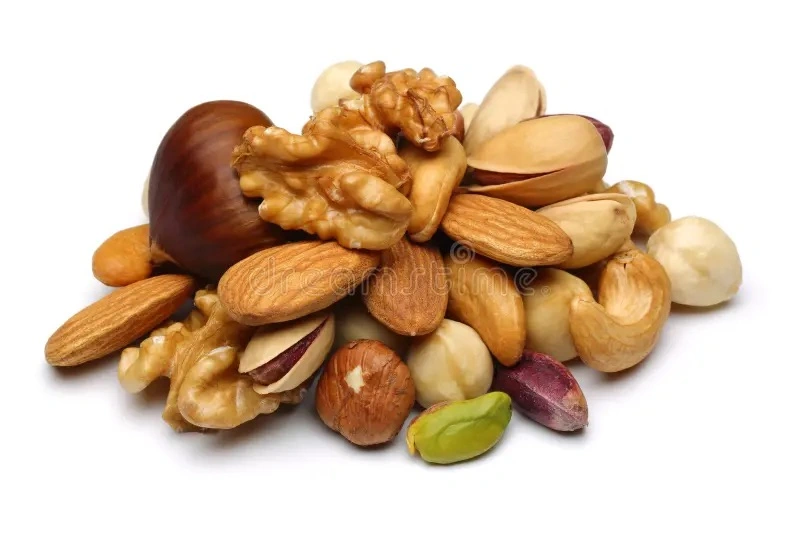Sponsor: Jost Arriba coffee
Nov
15
 order here: https://ssgusa.co/product/jostarriba/
order here: https://ssgusa.co/product/jostarriba/
JostArriba is so much more than coffee; it’s a carefully crafted blend of medicinal ingredients in clinically precise dosages, designed to support mental clarity, energy, and health. Due to regulatory requirements, we can’t offer it in bulk sizes, but this limitation drives us to innovate and prioritize sustainability every step of the way.
JostArriba is now 100% compostable!
Our packaging is made from plant-based materials—cassava, wood pulp, and beetroot—that protect product quality while being completely compostable.










